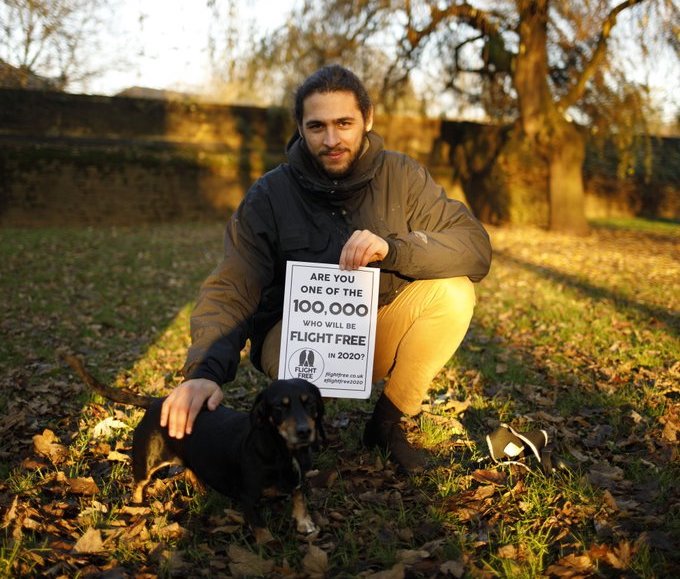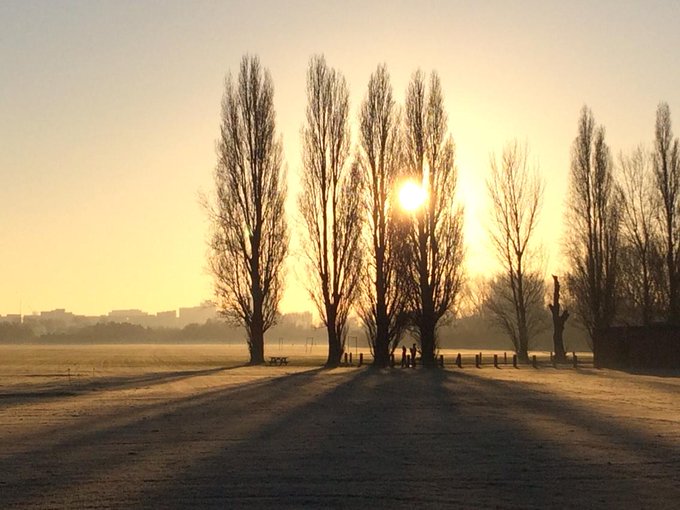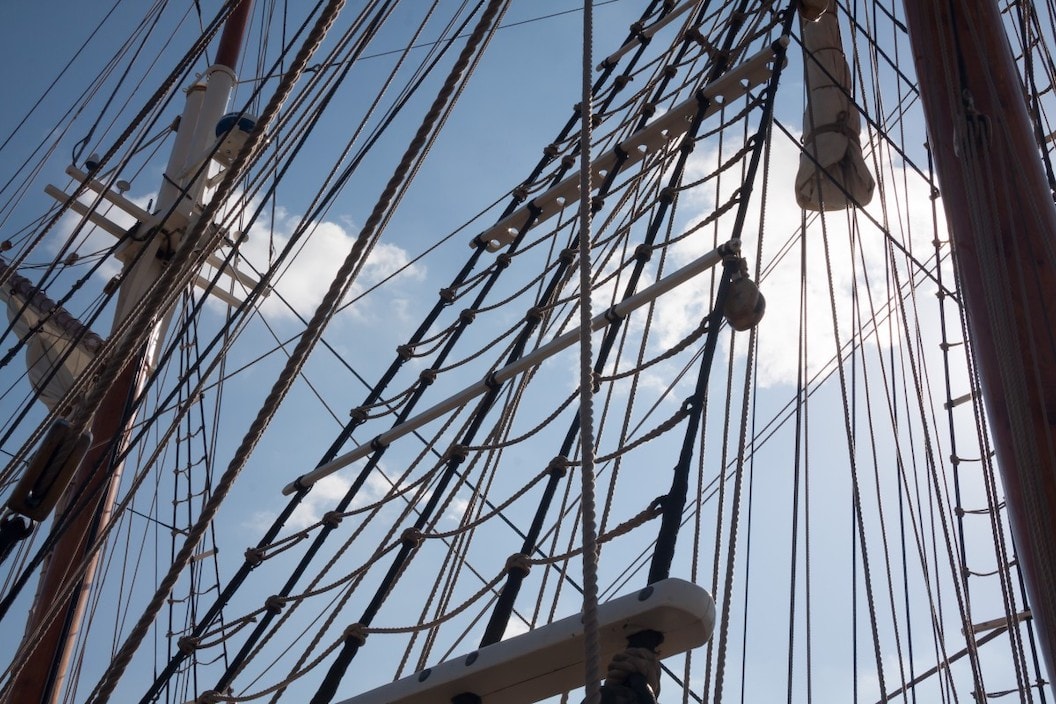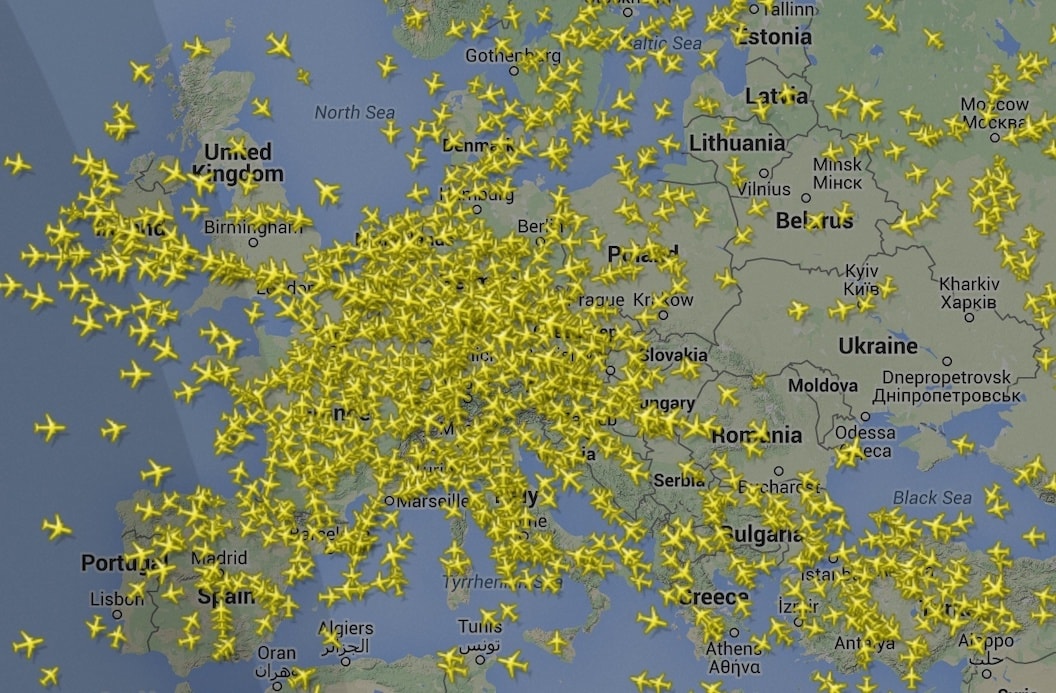We welcome Iain Green, renowned wildlife photographer for the fifth instalment of our podcast series of interviews. You can listen to the full podcast here and find a summary below. You can listen to our other podcast episodes on our podcast page.
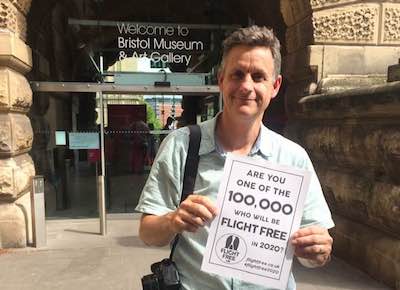
Our conversation takes place in the Greenwich ecology park, one of Iain’s favourite places. It’s a small nature reserve on the North Greenwich peninsula, right next to the O2 arena and the Thames, and feels very peaceful and secluded despite being so close to some very busy parts of London.
We start by talking about what changed in Iain’s life that led him to leave the international photography world.
"I’d been photographing tigers and gorillas and things but a few things happened. I visited Camley Street Nature Reserve and fell in love with the place. It was such a surprising location and really got me thinking about nature in cities. There was a part of me that wanted nature to be inclusive. I could talk about tigers and polar bears and gorillas, but most people were never going to see them, as it was always somewhere faraway. Perhaps I was encouraging the feeling that the exciting part of nature was somewhere else. I wanted to show that wasn’t true so I set about writing a book about the wildlife of London, much to my publisher’s surprise (my previous book had been about tigers and he wanted another one)!
"Over the course of three years I found the most amazing treasures and surprises in London, including seeing the fastest animal on the planet – the peregrine falcon – fledging. A milestone for me photographically was taking the first picture of a peregrine falcon fledging in central London. There are now 20+ pairs.
"I wanted to show that the exciting parts of nature didn't have to be somewhere else, so I set about writing a book about the wildlife of London."
"Also, finding seals in the Thames under Tower Bridge and in Canary Wharf. This is in places where there are people. Everyone should have the opportunity to enjoy nature on their doorstep in whichever way that is."
An incredibly inspiring part of Iain's story is about him making the wildlife discovery of his career in his own back garden, when one winter night he found a kingfisher asleep in a tree. This is from someone who has travelled all over the world.
It drives home the idea that remarkable wildlife and nature is all around us, and we don’t necessarily have to go to these exotic places to have life-changing experiences.
"I came out of the back door on a windy January night, looking for something that had blown off the washing line, and I spotted a blue and orange ball on a branch. At first I thought it was a Christmas decoration. Then I realised, it was a kingfisher. I rushed inside, got the camera, took a photograph (no flash), then did a quick internet search and discovered there were no pictures of kingfishers asleep. It’s a part of their life that has never been photographed. For a wildlife photographer, kingfishers are the Holy Grail, and here was one, living a very ordinary part of its life, in my back garden. I came back to the same branch every night for four weeks. It's easily the wildlife experience of my career. In the twenty years I've spent as a wildlife photographer, my favourite sequence of photographs is the one taken three metres from my back door.
"In my twenty years as a wildlife photographer, my favourite sequence of photographs is the one taken three metres from my back door."
"One of the things about watching wildlife in the UK is that you see it through the seasons, you watch it change and you understand its seasonality. When you go abroad you see an animal for a snapshot in time. Watching wildlife on your doorstep, able to really see it – gives a unique experience."
Our conversation kept being interrupted by aeroplanes taking off from London City Airport, so it seemed a good time to ask Iain how not flying comes into all this.
"There was definitely an environmental element to it. I remember seeing another photographer’s website, saying, “This year I took 34 international flights,” as a boast, and I just thought, that’s appalling. I got into wildlife because I like wildlife and I care about the natural world, and I know that every flight I take will have an impact. So I didn’t feel I could justify jetting off around the world, telling people about all this amazing wildlife, whilst leaving a damaging environmental legacy of my own. And I certainly couldn’t take photos and say, look at all this amazing wildlife, but don't go and see it. So I took the decision 14 years ago to drastically reduce my flights, and I haven’t flown since. "
"Early on there was a pang, but actually, apart from the environmental side, there is so much that I want to see and photograph in the UK, that I struggle for time, even though this is my job."
"There is so much that I want to see and photograph in the UK, that I struggle for time."
"The starling murmurations are easily in the top three wildlife spectacles in the world. And I’m lucky, I’ve seen mountain gorillas, I’ve seen tigers, I’ve seen lots of different wildlife. But the starling murmurations, just south of Bristol, are a phenomenal thing to watch."
"When you see it at its best: 3 million starlings in the sky. You can never predict what they’re going to do. Sometimes they go straight down and it's over relatively quickly, sometimes it’s the most elaborate display, sometimes the sky works in your favour, but it’s always different. I’ve watched the starling murmurations in excess of 100 times and they’re never the same."
"You can see murmurations all over the place – it's what London's Leicester Square used to be famous for. They've put spikes up now though because 3 million starlings are going to cause a lot of mess. But out in the countryside it's different."
We spoke about Iain’s passion for making nature accessible for all, not an elitist thing, and not necessarily something that you go out and ‘do’ on a Sunday. That’s one of the reasons why nature parks in cities are so important, because it encourages nature to be part of our lives.
"Greenwich ecology park is one of my favourite places. It has that essence of what nature should be. You can come and go, spend 5 minutes or an hour, you can look at stuff or simply walk around. It has a tranquility, even though there's City Airport in the background, and we've got Police sirens and somebody opera singing in the nearby flats, but that's the quirkiness of it."
You can find out more about Iain at his website, www.wildlifewonder.co.uk, and you can find his book, Wild London, on Amazon.
Listen to the full interview on our Podcast page here.
